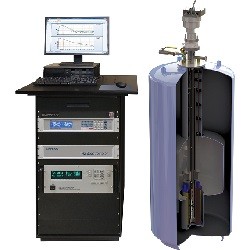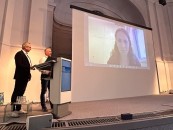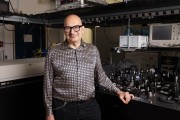
Lake Shore Cryotronics, a specialist in solutions for measurement under extreme temperature and magnetic field conditions, announced today that the US Air Force intends to award the company a Phase II Small Business Technology Transfer (STTR) grant. This grant will aid Lake Shore as it continues to develop its 8500 Series terahertz (THz) system for material characterisation.
The awarding of the $750,000 (USD) grant speaks to the commercial viability of the platform as well as the strength of results derived from the Lake Shore’s Phase I STTR efforts, said Scott Yano, vice president of Product Development at Lake Shore.
In early 2013, the Air Force awarded Lake Shore a Phase I grant to assist with the development of a system prototype. This latest funding will support application development for the THz system with the main development work performed on the prototype of the system installed at Wright-Patterson Air Force Base (WPAFB). Lake Shore will also be working with THz researchers at the University of Arizona to develop techniques to improve the integrity of the THz signal.
Lake Shore has made improvements to the THz spectrometer for increased stability of the platform. The first step in the Phase II effort will be to upgrade the alpha system currently installed in the WPAFB Air Force Research Lab (AFRL) with these improvements.
In parallel with this two-year STTR program to enhance software analytics, Lake Shore will make the current 8500 THz platform commercially available in the spring of 2014 to researchers who want an early start at uncovering novel properties of their materials using THz-based characterisation.
The 8500 Series THz system for material characterisation offers the materials development community a complete solution for exploring THz-frequency electronic, magnetic and chemical properties of materials in cryogenic and magnetic field environments. It uses non-destructive, non-contact THz energy for measurement and features a coherent, variable frequency continuous wave (CW) THz spectrometer and specially designed THz emitter and detector components for high spectral resolution measurements in these extreme environments.
The system includes a cryostat, magnet, temperature controller and all of the THz hardware and software needed for a complete experimental platform. Plus, using it requires no special optics knowledge. All of the precise alignment and calibrations of the spectrometer components have already been done so researchers can quickly insert samples in spectrometer’s sample holder, install the sample insert in the cooled cryostat and begin taking measurements.




































 Back to News
Back to News



























